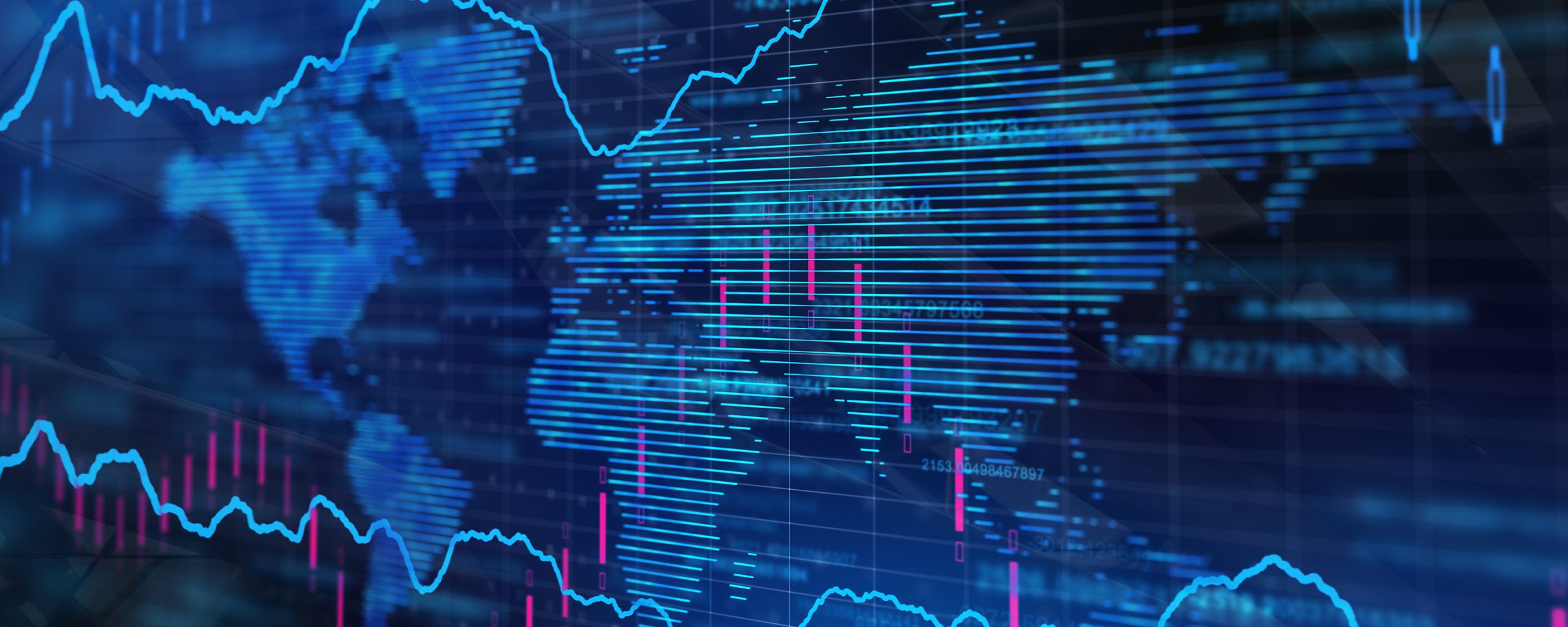Introduction:
Understanding the state of the economy is crucial for individuals, businesses, and policymakers alike. To gain insights into the overall economic health and make informed decisions, we rely on key economic indicators and forecasting techniques. In this article, we will delve into the significance of key economic indicators such as GDP, unemployment rate, and inflation rate. We will explore how these indicators are calculated, their implications for the economy, and how they can be used in forecasting future trends.
Gross Domestic Product (GDP):
Gross Domestic Product, or GDP, is one of the most important economic indicators. It measures the total value of all goods and services produced within a country over a specific period. GDP provides a snapshot of the overall economic activity and growth. We will discuss the different approaches to calculating GDP, its components (consumption, investment, government spending, and net exports), and its significance as a measure of economic performance.
Unemployment Rate:
The unemployment rate is a key indicator of the labor market’s health. It represents the percentage of the labor force that is jobless and actively seeking employment. We will explore how the unemployment rate is measured, the types of unemployment, and its implications for consumer spending, government policies, and overall economic stability. Additionally, we will discuss the relationship between unemployment and GDP, as well as the limitations of the unemployment rate as a comprehensive measure of labor market conditions.
Inflation Rate:
Inflation refers to the increase in the overall price level of goods and services over time. The inflation rate is a critical economic indicator that measures the percentage change in the average price level. We will explain how inflation is calculated, the causes and types of inflation, and its impact on purchasing power, interest rates, and business decision-making. Moreover, we will discuss central banks’ role in managing inflation through monetary policy and the significance of maintaining price stability.
Forecasting Economic Trends:
Forecasting future economic trends is a complex task that relies on analyzing historical data, economic models, and the interplay of various economic indicators. We will delve into the methods and techniques used in economic forecasting, including time series analysis, econometric models, and leading indicators. We will emphasize the importance of considering multiple factors, such as geopolitical events, technological advancements, and demographic changes, in making accurate economic forecasts.
Conclusion:
Economic indicators such as GDP, unemployment rate, and inflation rate provide essential insights into the state of the economy. By monitoring and analyzing these indicators, individuals, businesses, and policymakers can better understand the current economic conditions and make informed decisions. Furthermore, forecasting economic trends enables us to anticipate changes, identify risks, and plan for the future. It is vital to recognize the limitations of these indicators and apply a comprehensive approach to economic analysis. Armed with this knowledge, we can navigate the complex economic landscape with more confidence and adaptability.
Remember, economic indicators are not crystal balls, but they serve as valuable tools for assessing and projecting economic conditions. By staying informed and vigilant, we can better prepare ourselves and our organizations for the opportunities and challenges that lie ahead.
Disclaimer: The information provided in this article is for educational purposes only and should not be considered as financial or investment advice. It is recommended to consult with a qualified professional for specific economic analysis and forecasting related to your circumstances
